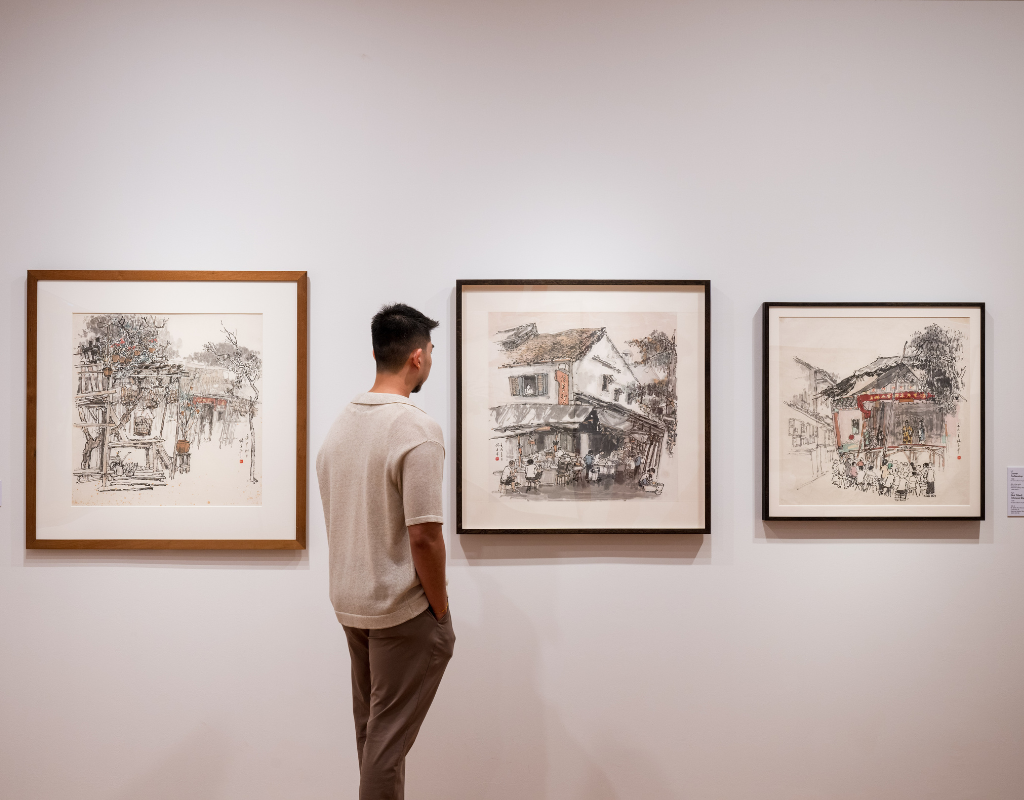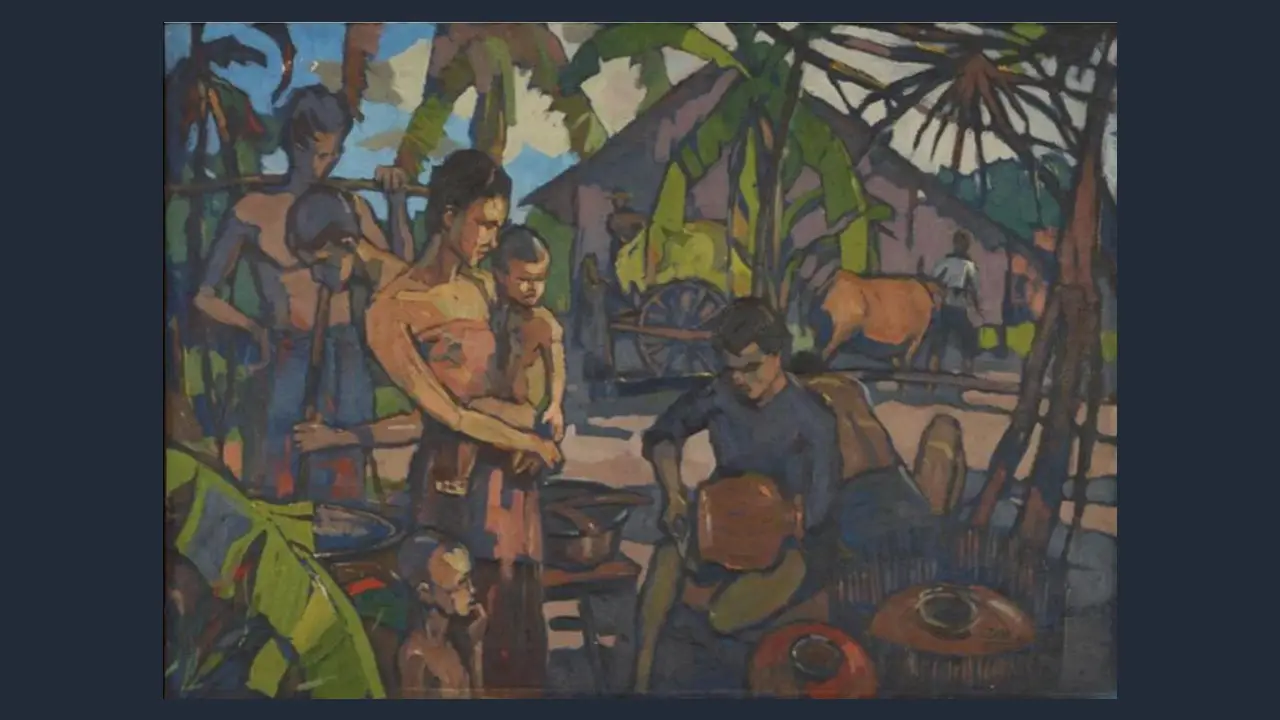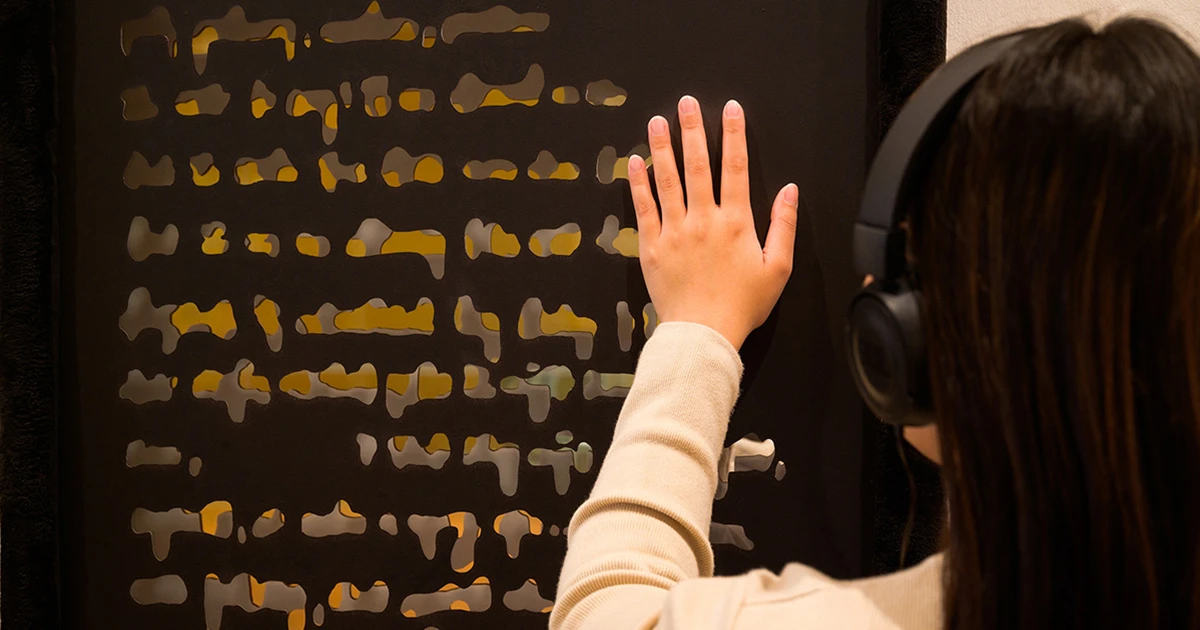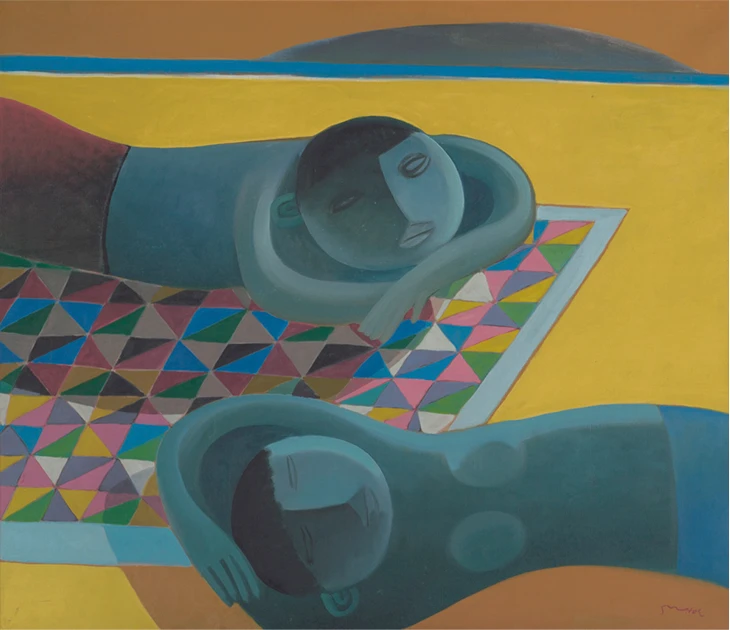Cassettes 100 by José Maceda, re-staged at National Gallery Singapore
José Maceda’s Cassettes 100 was re-staged as part of the exhibition Suddenly Turning Visible: Art and Architecture in Southeast Asia (1969–1989). It was first presented at the Cultural Center of the Philippines in 1971, and engaged 100 participants from diverse groups in the local community. The Singapore premiere of this 30-minute sound happening was held at the Gallery on 23 November 2019.
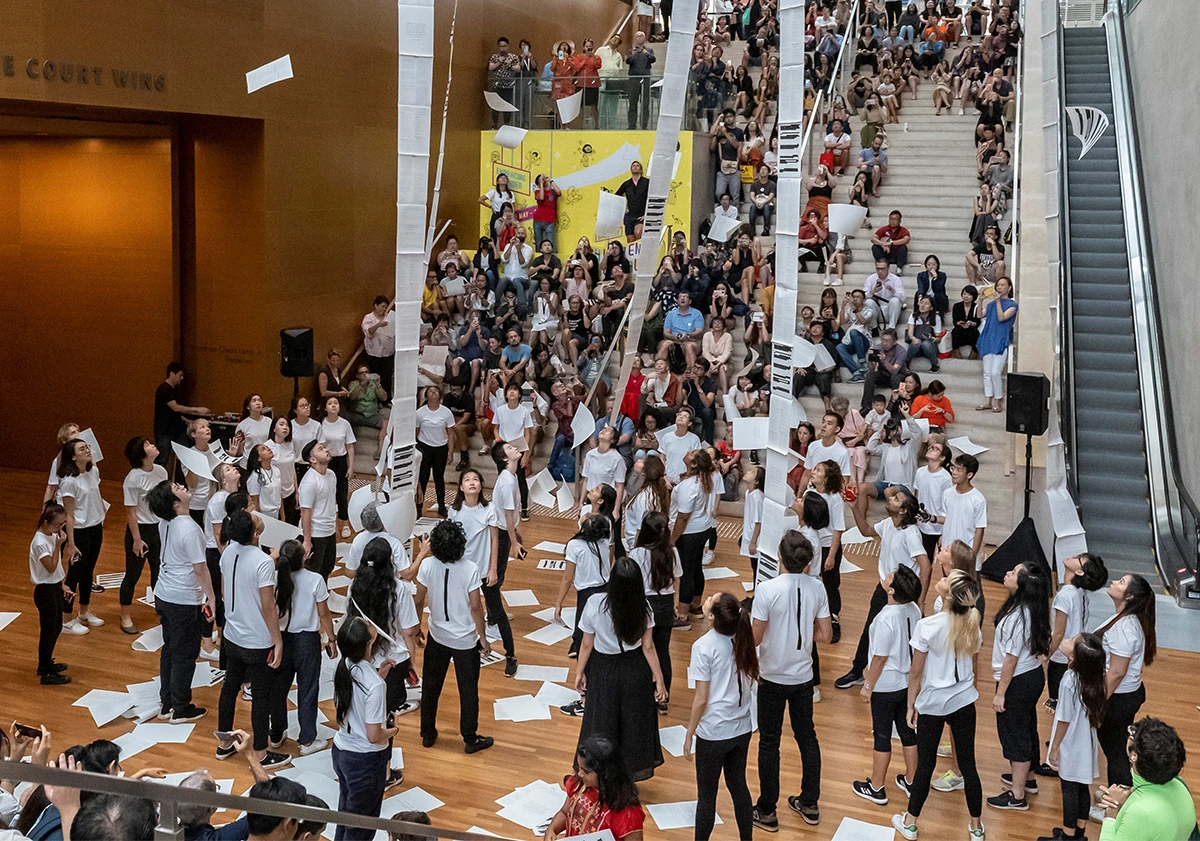
at National Gallery Singapore
23 November 2019, 30 minutes
Originally performed at Cultural Center of the Philippines, 1971
Cassettes 100 is a large-scale performance that was first staged at the Cultural Center of the Philippines (CCP) in 1971. It involved 100 performers carrying cassette players with recordings of indigenous Philippine instruments and environmental noises. They were instructed to press the "play" button at the same time, as they meandered through audiences gathered in the CCP's lobby, and ascended and descended stairwells and interconnected corridors. The chaotic environment that ensued was heightened by psychedelic elements such as strobe lighting and streams of coloured bunting injected by other artists.
The work's renewal of indigenous music aligned with the CCP's desire to promote a new Philippine identity that was both native and international. After Cassettes 100's premiere, then-First Lady Imelda Marcos commissioned José Maceda to create other works as part of the Marcos administration's key arts and cultural projects.
Cassettes 100 is notable for its inventive composition and collaborative elements: it harnesses the movement of bodies across space to disperse and concentrate sounds, creating a heady musical arrangement. Re-staged in Singapore for the first time at the Gallery's Padang Atrium, this video documentation invites audiences to consider the work's cultural and political history and continuing resonance today.








